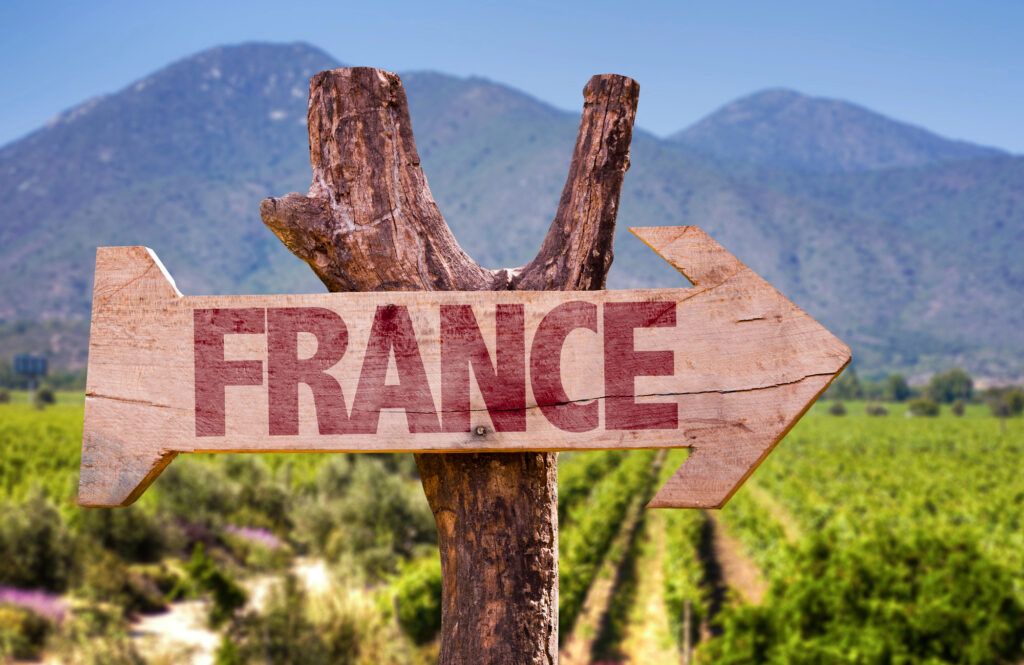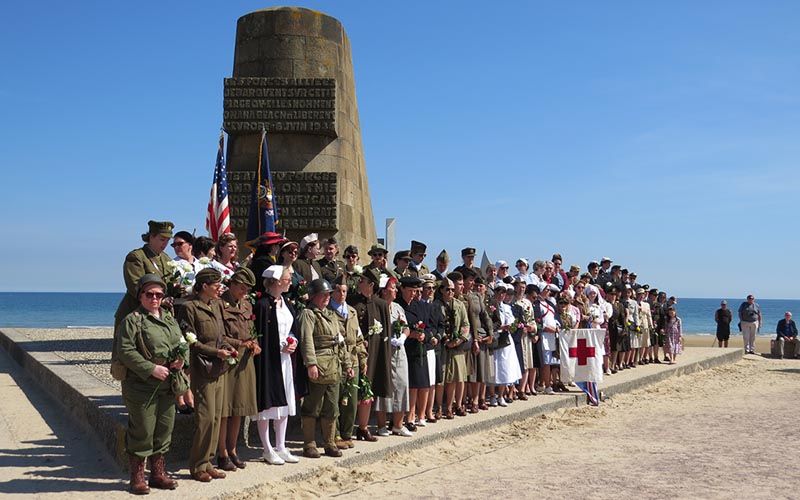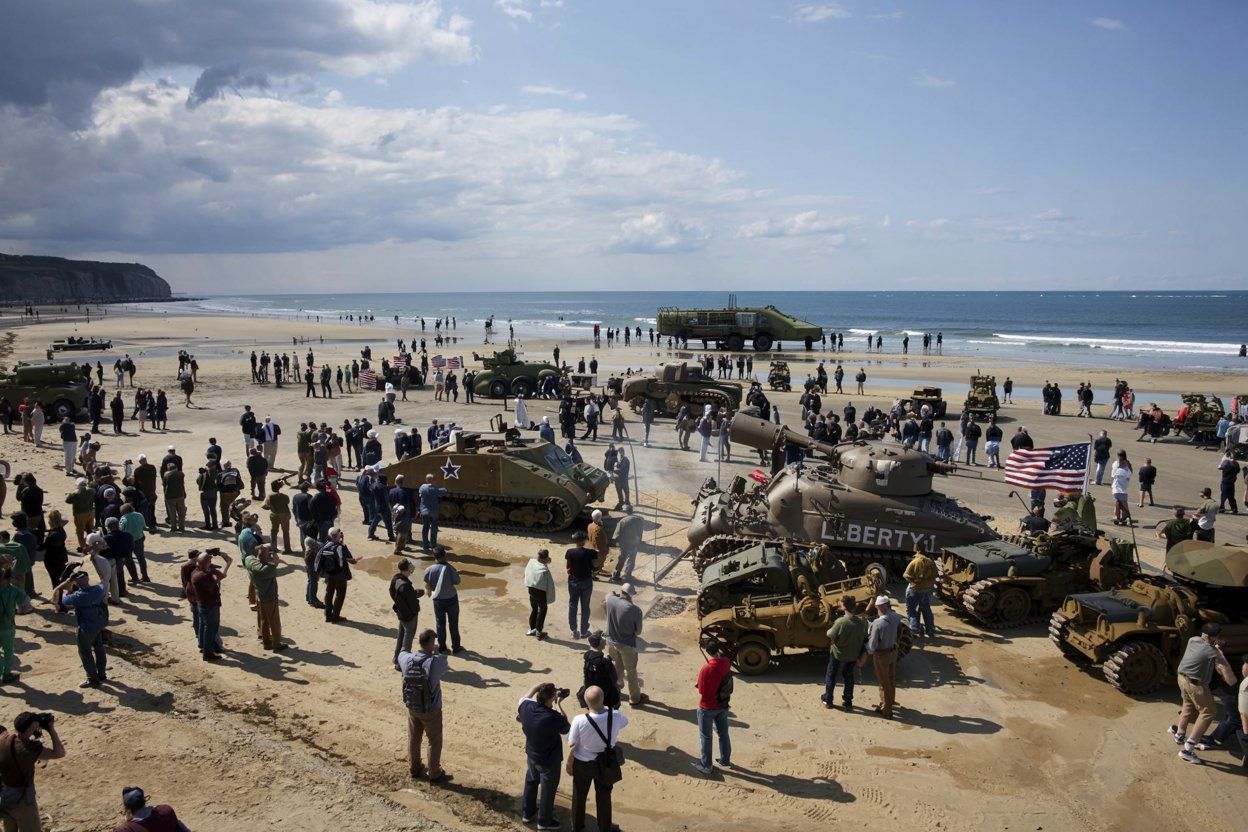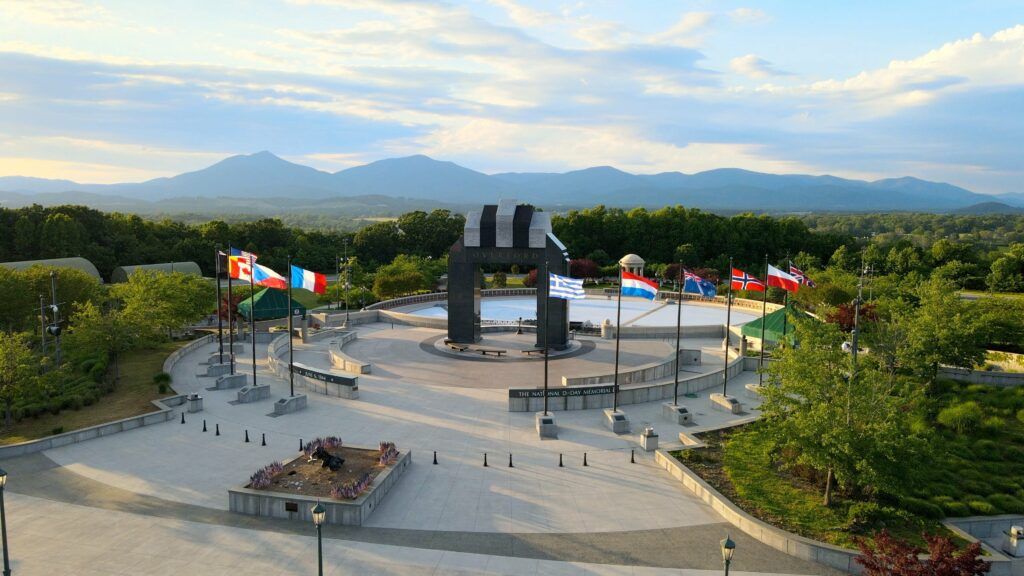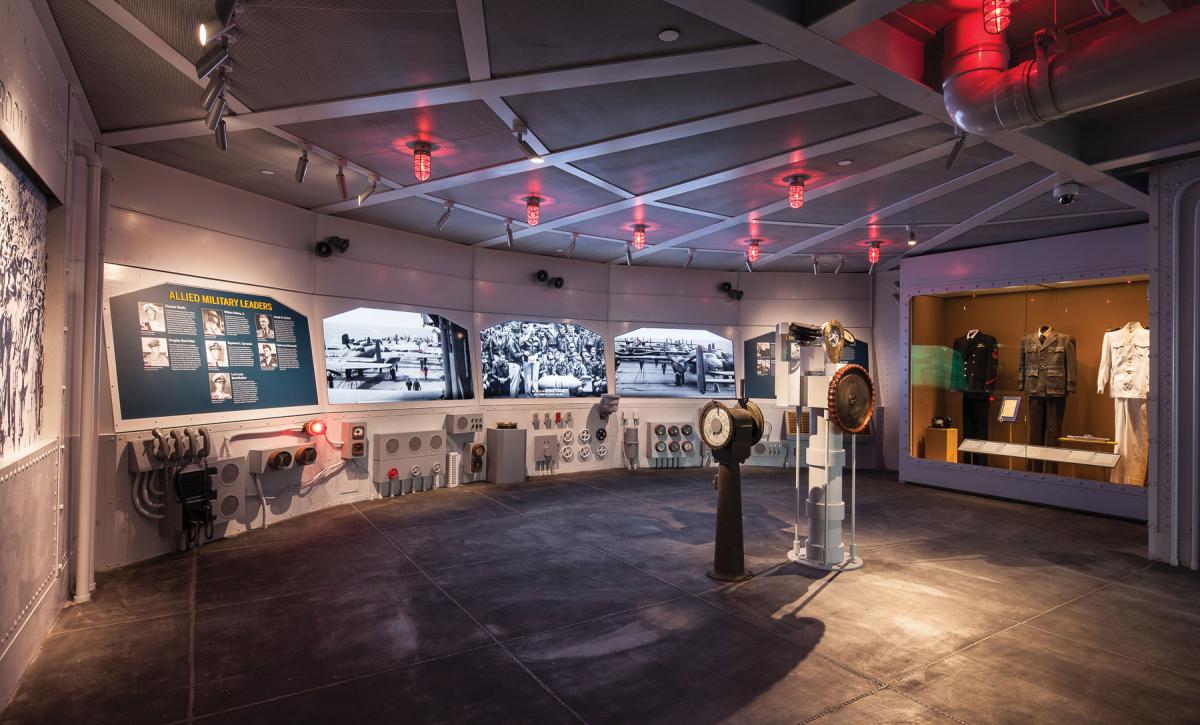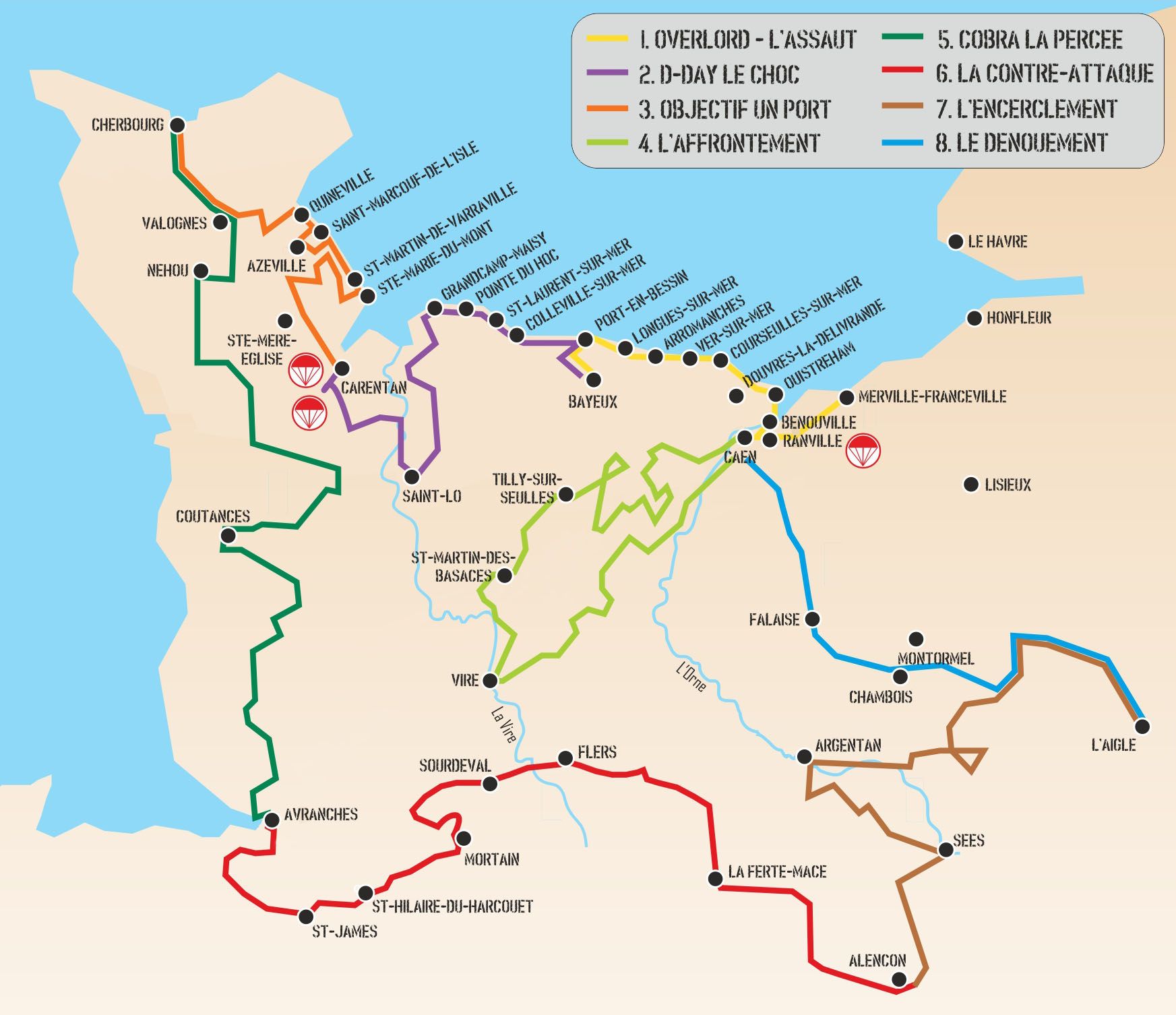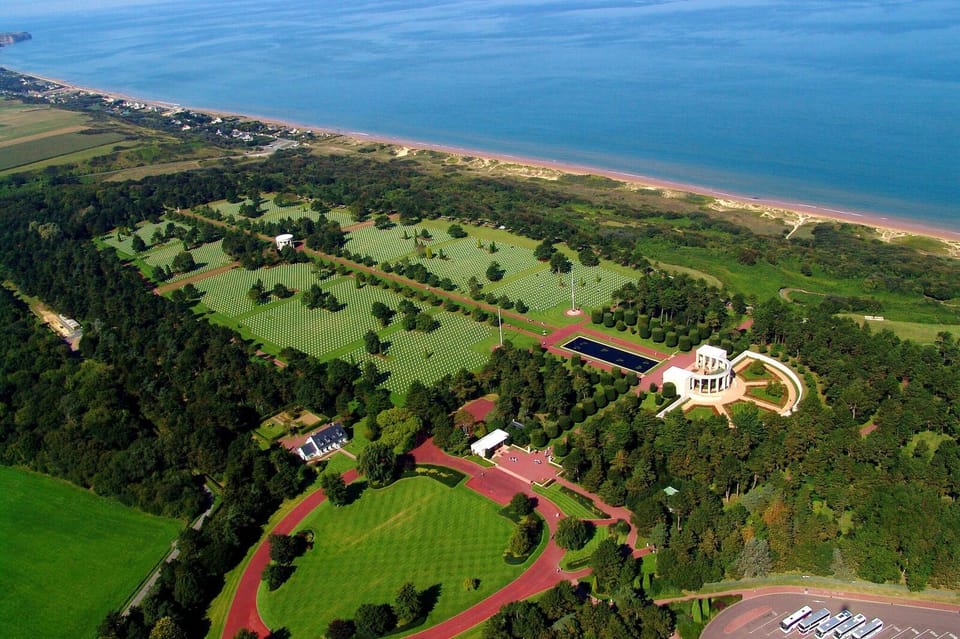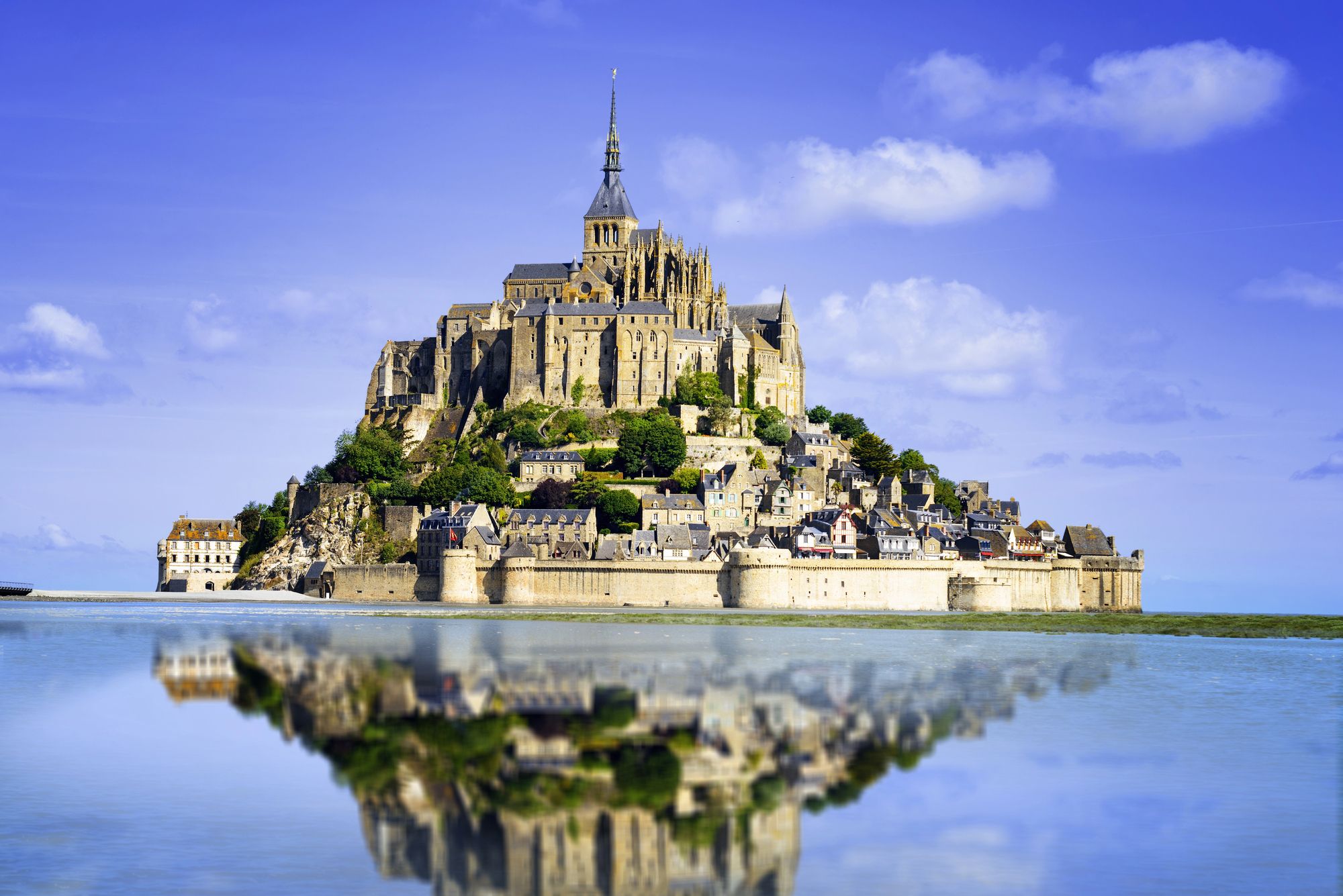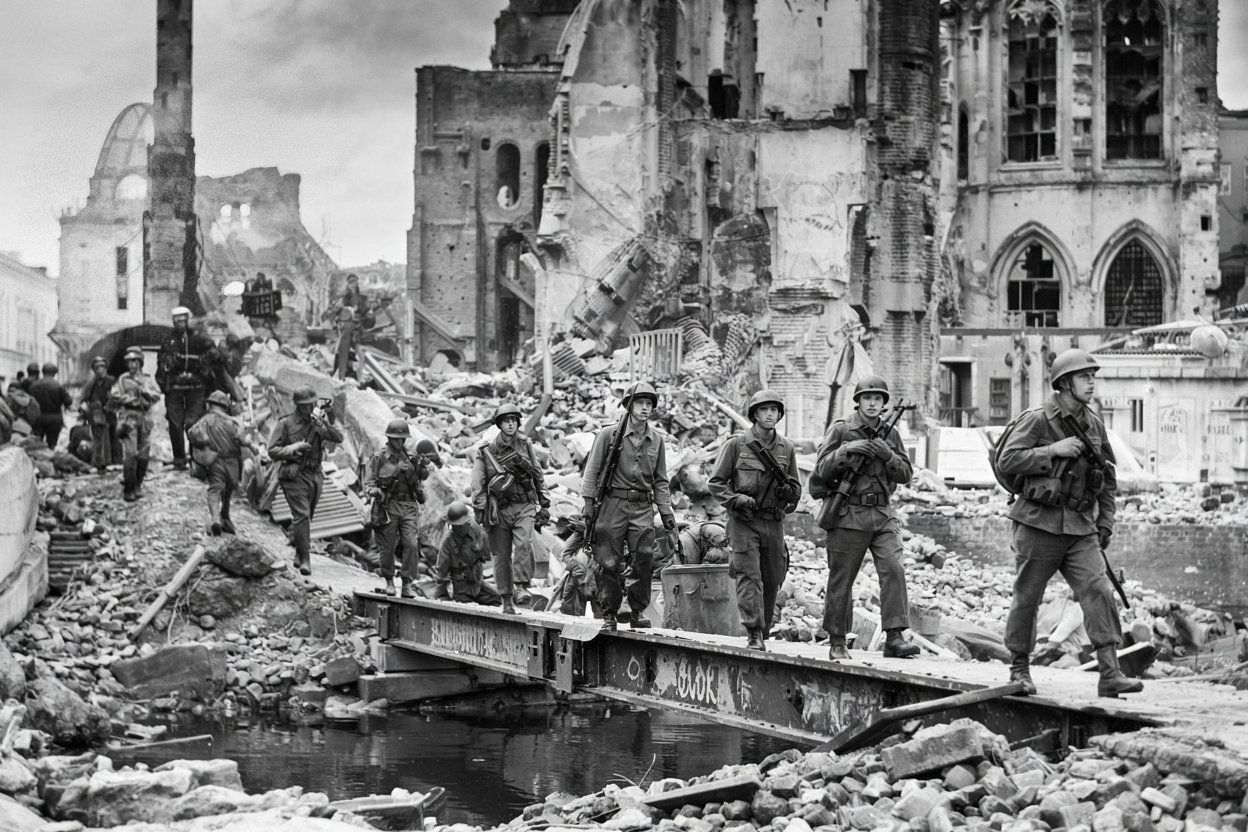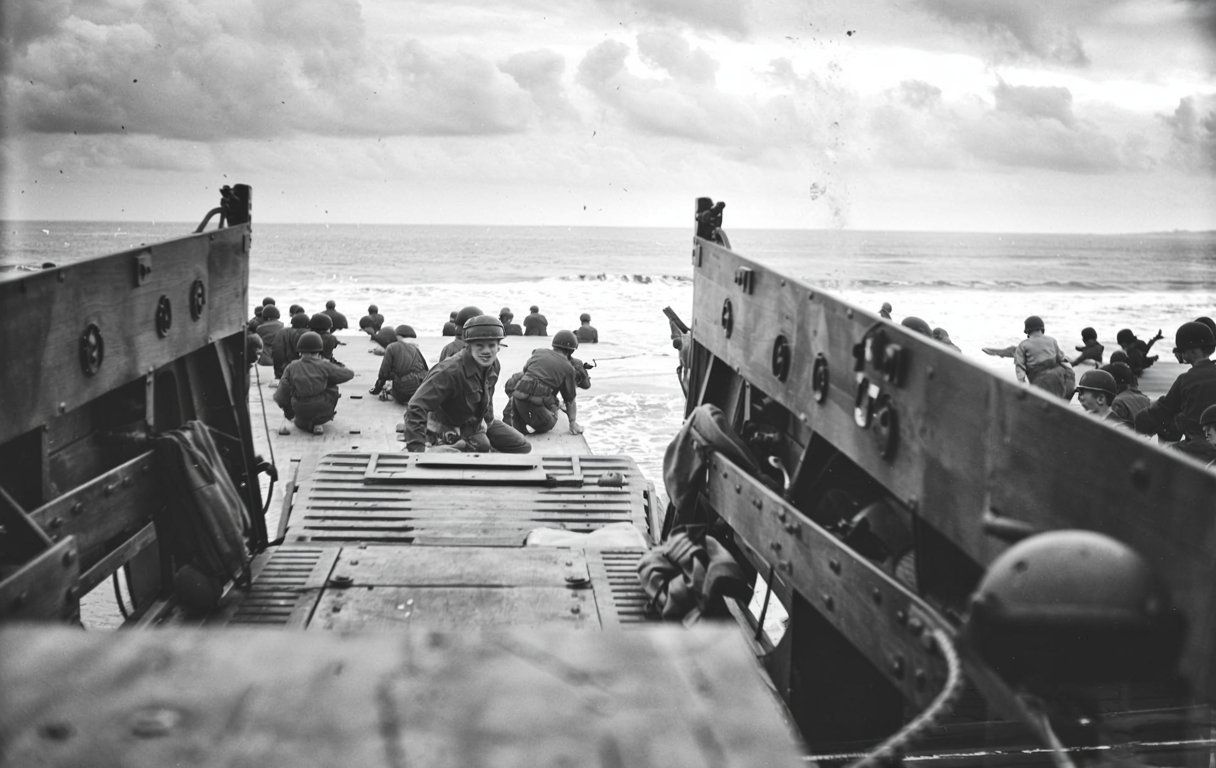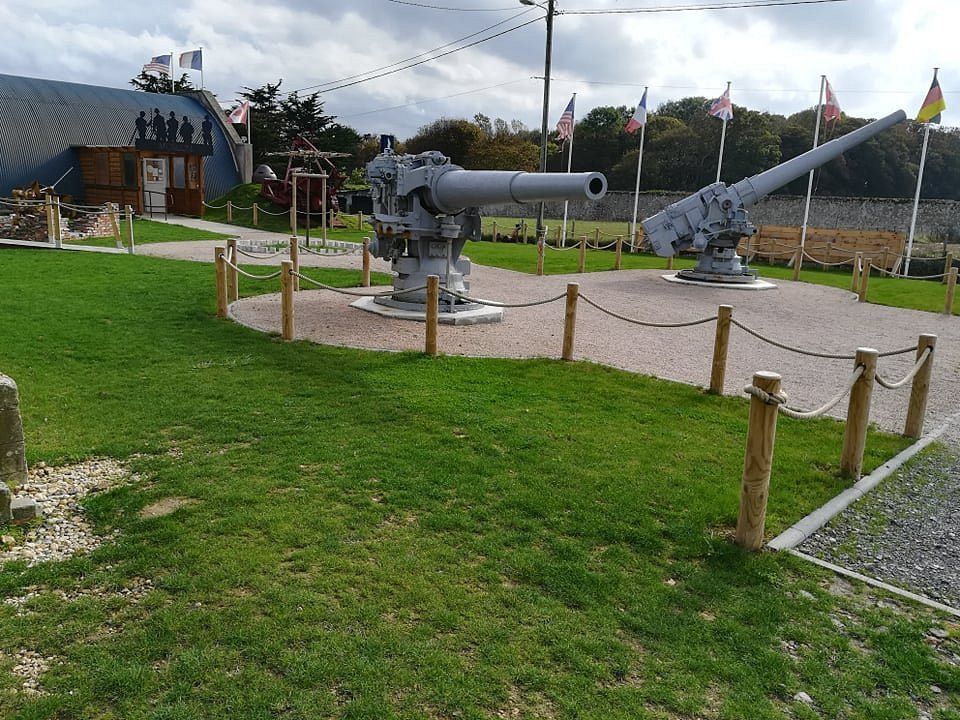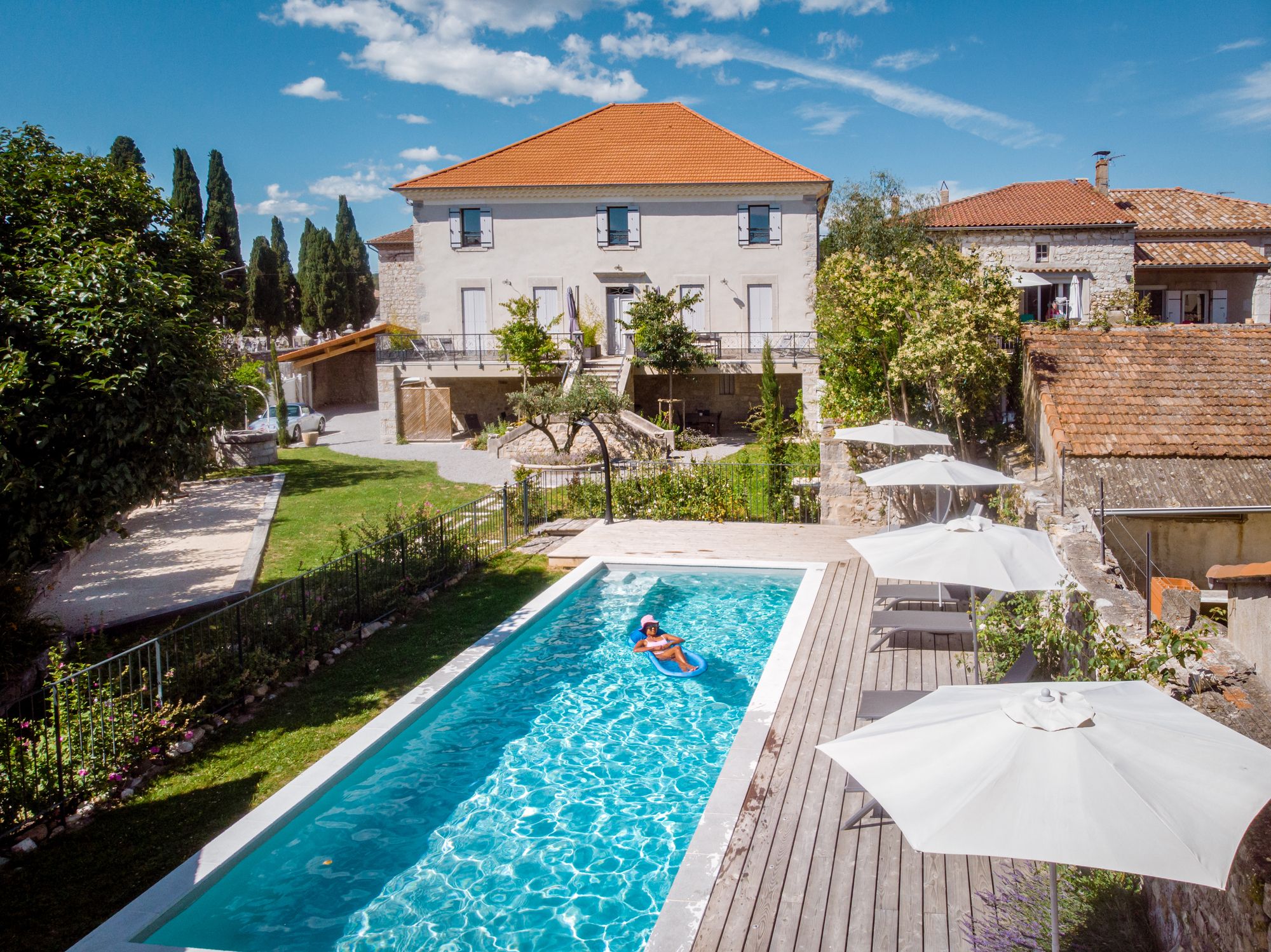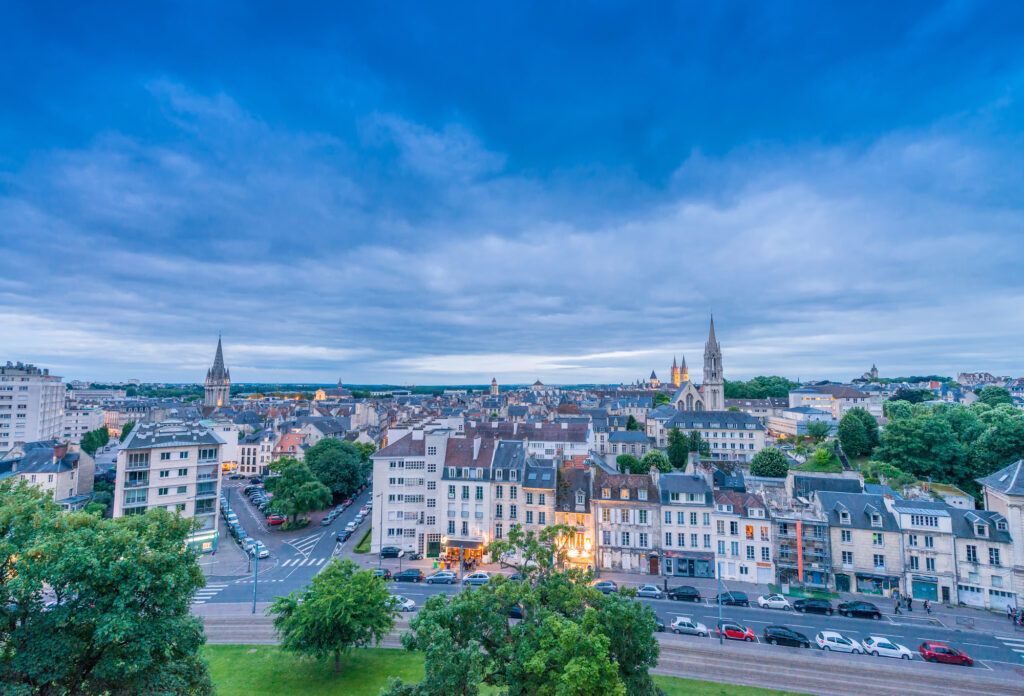Caen’s got this rare mix—living history on every corner, but with a pulse that feels very much now. You wander streets shaped by centuries, from medieval abbeys to postwar blocks, and it’s hard not to notice how this city keeps memory and daily life in a careful balance.
This week, there’s plenty to dive into: landmarks, culture, and the city’s local rhythm. Maybe you’ll walk fortress walls, wander museums, or catch music by the river. There’s variety without any rush—just the right pace to get a feel for Caen as it really is.
1) Visit the Mémorial de Caen for WWII history
Start at the Mémorial de Caen, one of France’s top WWII museums. It stands just north of the city center, on the site of a wartime bunker from the Battle of Normandy.
Inside, you’ll move through chronological exhibits covering the rise of totalitarianism, the D-Day landings, and the Cold War. There are authentic artifacts, personal accounts, and plenty of film footage—helping you see how global events hit close to home.
The museum’s gardens offer a quieter space to reflect. The American, British, and Canadian memorial gardens each honor soldiers who died in Normandy, with designs reflecting the culture of each nation.
Temporary exhibits, like the one on Varian Fry and the paths of exile, highlight lesser-known stories of courage and rescue. These change through the year, so even repeat visits feel fresh.
Give yourself at least half a day here. If you need a break, the onsite restaurant and bookshop are handy before you head back out to explore more of Caen’s wartime heritage.
2) Explore the medieval Abbaye aux Hommes
Step inside nearly a thousand years of Norman history at the Abbaye aux Hommes, founded by William the Conqueror in 1063. The Romanesque church of Saint-Étienne holds his tomb, making it one of Caen’s most important medieval sites.
Wander through the cloister and chapter house—the calm courtyards feel worlds away from the city outside. Today, the 18th-century monastic buildings house Caen’s Town Hall, so you get this odd but interesting blend of civic life and preserved heritage. Guided tours (in English and French) give you the backstory on the abbey’s architecture and Benedictine roots.
You’ll spot a mix of Romanesque and later Gothic details, showing how the place changed over centuries. The peaceful vibe is a real break from Caen’s busier streets, but you’re still close to everything.
Prefer to go solo? The self-guided tour lets you take your time. An hour is usually enough to take in the stonework, cloisters, and historical displays.
3) Walk through the historic Château de Caen
Step inside the Château de Caen, one of Europe’s largest medieval fortresses. William the Conqueror built it in the 11th century, and it served as both a royal residence and a military stronghold. The thick stone walls and wide ramparts still dominate the skyline.
As you wander, you’ll notice history and daily life blending—locals picnic on the lawns, students cut through the courtyard between classes. The open layout means you can explore at your own pace.
Inside, the Normandy Museum focuses on the region’s history from prehistoric times onward. The exhibits stick to daily life, craftsmanship, and local identity—less about epic battles, more about how people lived.
Climb the ramparts for a view over Caen’s rooftops and church spires. The paths can be uneven, so sturdy shoes help. Outdoor areas are free; the museums inside ask a small fee.
4) Discover art at the Musée des Beaux-Arts de Caen
Find the Musée des Beaux-Arts inside Caen Castle’s walls. Medieval stone meets modern architecture here, and the contrast really adds something to the visit.
The collection covers European art from the 15th century to now, with a strong showing of 16th and 17th century Italian and Flemish paintings. You’ll also find drawings, engravings, and rotating exhibits that tie classical and modern art together.
There’s a sculpture park outside, perfect for a quiet break between galleries. The new cubist room spotlights early 20th-century movements, showing the museum’s always evolving.
Expect a calm, well-organized atmosphere—not a packed tourist trap. Entry is pretty reasonable, and castle grounds are free to roam. Check out the Musée des Beaux-Arts de Caen or Caen la mer Tourism for up-to-date info.
5) Stroll along the Orne River and its quays
Start your walk near Caen’s marina, where the Orne River runs into the city center. The paved quays make it easy to wander between cafés, boats, and quiet spots to just watch the water. The area feels lively but rarely crowded, even during festivals.
Head south along the river and the city noise drops away. Locals jog or bike here, giving the path a relaxed, lived-in feel. The air smells of salt and greenery from the nearby estuary.
If you’re up for a longer walk, follow the Orne and Mue valleys. The greenway tracks the river through farmland and woods all the way to Grimbosq, about 19 km out. Walk part of it or rent a bike for the full trip.
Even a short stroll shows you Caen’s layered history. The river once powered trade and wartime transport, and the quayside warehouses still show off that postwar style. Bring a jacket—the breeze can be sharp in mid-October.
6) Attend a live concert at Le Cargö music venue
Check out Caen’s music scene at Le Cargö, a venue just a short walk from the city center. Since 2007, it’s hosted local and international acts—a solid spot to discover new music or catch a favorite band.
There are two main rooms: the “Grande Salle” (about 938 people) and the smaller “Club” (420). It works for both big shows and more intimate gigs. The sound is solid, and you don’t have to fight for a good spot.
Le Cargö supports musicians with residencies and rehearsal studios, so there’s a creative buzz here. One night you might catch an up-and-coming act, the next a big name.
It’s easy to reach by foot or public transit. There’s a bar for a pre- or post-show drink. Check the concert schedule to see what’s on.
7) Shop at the vibrant Marché de Caen
Head to Quai Vendeuvre for the Marché de Caen. This market draws locals and visitors alike with a straightforward mix of fresh produce, seafood, and regional cheeses. It’s busiest on weekends.
Walk the stalls and you’ll see the focus is on local goods, not souvenirs. Vendors sell seasonal fruits, veggies, and baked goods from nearby farms and bakeries. The vibe is practical and community-driven.
You get a real sense of daily Normandy life here. Try traditional foods, chat with producers about their methods—simple, direct, and refreshingly unpolished. According to Caen la mer Tourism, the market runs all week, with different specialties on different days.
Arrive early for a quieter experience, or time your visit to pair with a stroll by the marina or a coffee at a nearby café. The Marché de Caen is a solid way to connect with local culture.
8) Tour the underground WWII bunkers beneath the city
Go underground to explore Caen’s WWII bunkers—a network of reinforced shelters that protected civilians during Allied air raids in 1944. Today, they give you a glimpse into how people survived months of bombing and uncertainty.
Guides explain how workers built the tunnels, how families used them, and why most were sealed up later. You’ll see original concrete, ventilation systems, and wartime markings still visible. The atmosphere is quiet, a bit damp, and honestly, a little haunting.
Some tours compare Caen’s bunkers to those in other cities—like Berlin’s Dark Worlds tour or Vienna’s air-raid tunnels (recent travel accounts). It puts things in perspective.
Wear sturdy shoes and bring a jacket—the temperature underground barely changes. Tours last about an hour and usually require booking ahead, especially in autumn when more people come through.
9) Relax in the Jardin des Plantes botanical garden
Step off the busy streets into the Jardin des Plantes, right in the city center. This garden covers about 5,000 square meters and packs in over 8,000 plant species, from local Normandy flora to rare international finds.
Wander shaded paths lined with medicinal herbs, rock gardens, and an arboretum. The tropical greenhouse is a nice surprise—full of exotic plants thriving in the warm, damp air.
Bringing kids? There’s a small playground for a quick break. Gardeners are around on weekday mornings and afternoons, happy to share advice if you’re into home gardening.
The Caen Botanical Garden dates back to the late 17th century, once teaching medical students. Now it’s a free public spot reflecting both science and local tradition.
Benches are scattered throughout, so you can pause and just take in the variety. It’s a laid-back place to unwind before heading to more museums or WWII sites.
10) Experience local cuisine at Place Saint-Sauveur
Taste Caen’s food culture at Place Saint-Sauveur, a historic square lined with cafés and brasseries. The medieval architecture sets the scene for relaxed, unhurried dining.
Restaurants here serve up classic Norman dishes—duck confit, seafood platters, apple desserts—and modern menus that put a twist on local ingredients like Camembert and cider.
Grab an outdoor seat and watch the city go by. On market days, the square fills with stalls selling fresh produce, cheese, and baked goods, so you can sample local flavors on the go.
Service can be slow when it’s busy, but honestly, that’s part of the charm. Take your time and soak up the atmosphere—it’s a snapshot of Caen’s everyday rhythm.
Getting Around Caen
Getting around Caen is straightforward, whether you hop on public transit or drive. The city’s compact layout and clear signs make short trips between landmarks, museums, and neighborhoods easy.
Public Transportation Options
Caen’s Twisto network runs trams and buses across the city, connecting hotspots like the Mémorial de Caen, the Château de Caen, and the city center. The Tram A and B lines slice through Caen—north to south, east to west—and you rarely wait long; they come every few minutes during the day.
You can grab tickets at vending machines, directly on buses, or just use the Twisto app if you’re not into carrying change. A single ride’s about €1.70, but if you’re hopping around a lot, the 24-hour pass makes more sense. Trams usually start up at 5:30 a.m. and run till midnight. Sundays, you’ll notice fewer trams, but they’re still pretty reliable.
Staying outside the city? Regional Nomad buses will get you to places like Bayeux and Falaise. Taxis and rideshares are around, though they’re pricier than the tram or bus. For short trips, walking just works—most attractions cluster within a 20-minute stroll of old town.
Parking and Accessibility Tips
Driving in Caen isn’t too bad, though parking near the historic center? That’s a bit of a challenge. You’ll spot underground car parks at Place Courtonne, Château, and Gare SNCF, usually charging about €1.50 per hour. If you’d rather skip city-center stress, several park-and-ride lots (P+R) on the outskirts link right up with tram lines.
Street parking uses meters—coins or mobile payments both work. Double-check the signs, though; some spots ban parking on market days or during big events.
For accessibility, most trams and newer buses have low-floor entry and priority seating. Sidewalk ramps and tactile paving help out if you’re using a wheelchair or pushing a stroller. Museums and public buildings tend to offer lifts and adapted restrooms, but, honestly, some older spots still have uneven ground.
Seasonal Highlights in October
October in Caen feels crisp and a bit slower-paced, which is honestly kind of nice for exploring. Autumn colors, local markets, and cultural events blend together, so you get a good mix of things to do and space to enjoy them.
Weather and What to Wear
Mid-October usually brings 49°F to 61°F (10–16°C), with a decent breeze and the odd rain shower. Bring a waterproof jacket, layers you can peel off or add, and sturdy shoes (those cobblestones aren’t messing around).
Fog rolls in during the mornings, so sometimes visibility drops out of nowhere. It’s smart to pack a light scarf and compact umbrella just in case. Indoors, cafés and museums stay cozy, so layers are your friend.
Daylight disappears earlier—around 7:00 p.m.—which can sneak up on you. Toss an extra layer in your bag for the evenings, especially if you’re planning a riverside walk or want to eat outside. For a quick reference, Wanderlog’s October overview calls the weather moderately chilly and a bit windy—pretty great for sightseeing, if you dress for it.
Local Events and Festivals
October in Normandy is all about lively gatherings and a bit of local flair. The Autumn Festival in nearby Honfleur, highlighted by DDay Center, brings out seasonal food, cider, and crafts—honestly, it’s hard to resist if you’re anywhere close. Plenty of folks squeeze in a day trip from Caen just for this.
Back in Caen, museums like the Mémorial de Caen sometimes line up special exhibits, usually connected to wartime anniversaries or peace topics. And if you wander around Place Saint-Sauveur on the weekend, you’ll stumble across little markets selling apples, cheeses, and Calvados straight from local producers.
As the weather cools off, music and art events head indoors. Theaters and university spaces put on shows that really capture Caen’s student energy. It’s a good way to catch a bit of that Normandy community vibe without any fuss.

